Animal lovers around the world have been in touch with nature and connect to their residents by offering the animals food.
The joy of seeing a bird that you adore and appreciate feed from the food you gave it is unmatchable but it can’t be all nice, can it?
Menacing animals will always try and take the food from you, especially if the birds you’re trying to feed are small but there is a solution to the problem: caged feeders. If you’re confused as to what they are, you can read this article to learn everything you need to get started.
IN THIS ARTICLE:
The Summary
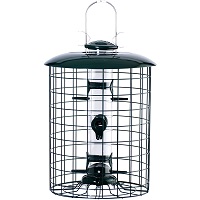

★★★★★
The top canopy will protect the birds and the seeds from bad weather. The distance between the tube is perfect for small birds but not for larger ones.
Jump To Review
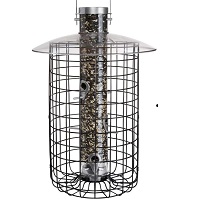

★★★★☆
The canopy is seethrough so you can easily see what’s going on inside even when the birds are hidden under it.
Jump To Review
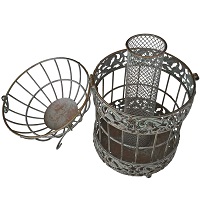

★★★★☆
The feeder tube is made with wire mesh so that small seeds can’t find their way out even in harsh wind and rain.
Jump To Review
Cage Feeders: What Are They And Who They’re For?
Cage feeders have a wire body surrounding the seed tube where you’ll put the food, typically seeds. A bird in flight will simply land onto it and feed from the center tube where the seeds are located. Many people have them in their backyards, wildlife preservation centers also use them, and their also useful in bird populated woods.
Small Birds That’ll Enjoy Them
You’ll usually want to feed small birds with feeders. Cafe feeders are the ones to focus on since they’re the most common ones. They can feed finches, sparrows, blue tits, siskins, robins, songbirds, and even woodpeckers. Their habitats differ from species to species but range from shores, deserts, wetlands, all the way to terrestrial habitats.
Why Should I Opt For A Cage Feeder?
There are plenty of other feeder options out there so it begs the question, why should you opt for a caged feeder in the end. The benefits aren’t endless but the first one that comes to mind is that they protect seeds and birds from bad weather.
Putting An End To Small Bird Bullying
Larger birds like hawks, owls, pigeons, starlings, and crows are bigger than the previously listed small birds. Solely based on their size, they are likely to bully the smaller birds out of the feeder. With a caged feeder, you’re preventing this simply because the cage is too small for the large bird to ever reach inside. Other animals to be concerned about and how to deal with them are listed below:
Squirrels – To protect the food inside you’ll want to keep the feeder away from trees, use a squirrel baffle to prevent them from climbing, or spray the feeder with pepper-based repellents,
Hawks – You can use wind chimes to get them away as long as it’s not used often, hide the feeder from plain sight or perhaps use a cover to do so, avoid ground feeding cages, and if all else fails, shut down the feeding place for at least a week so that the hawk can go elsewhere.
Opossums, Raccoons, Skunks – To help avoid them, you should get the bird feeder in at night, but only the amount of food the birds will eat in one day before night falls, place large baffles on your feeder, and keep the feeder at least 10 feet away from trees.
Protecting From Bad Weather
Like we said, one benefit of caged feeders is that it protects seeds from bad weather so that they don’t rot. Another reason is that they protect the birds from bad weather as well as from predators if they fully enter the cage. None of this is an option with non-caged feeders.
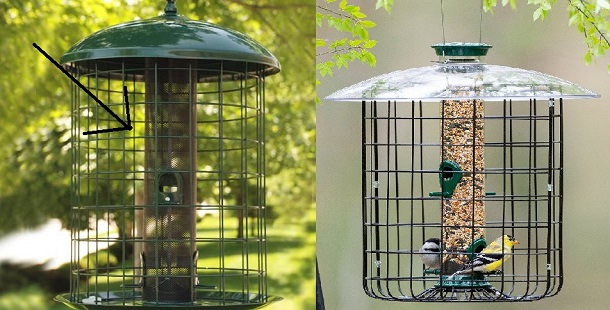

Be On The Lookout For These Things Before Buying
Feeder Shapes
The most common shapes you’ll find are oval and upright since they’ll allow the birds to actually get to the inside, not get stuck, and feed with confidence and without fear of larger birds and other predators.
Spacing Between Bars
Bar spacing with these is important if you want to protect the food from large and predator birds. With a small wire spacing, the small birds will still get to feed while larger birds won’t simply because they can’t wiggle their way inside. The recommended spacing would be 1.5-in wide and 2.5-in tall.
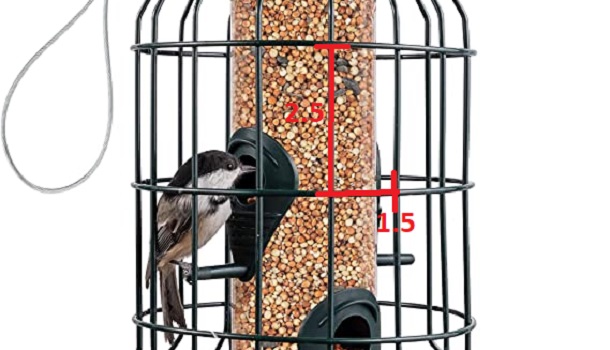

Cage Bottom
If you can, we’d suggest you opt for the wire grid bottom feeders simply because this will prevent the seeds from clogging the food chamber and cage area. The fallen seeds can also get picked up by ground-dwelling birds in that case and the feeder, in turn, won’t rot or mold due to the food.
Seed Tube Location
Preferably, the seed tube would be centered inside and would leave enough room for the birds to go inside and not feel cramped. Think of it this way, blue tits are 4.7-in long, finches are 3-10-in long, and warblers are around 4.5-5-in long so a good space to leave between cage walls and the seed tube would be at least 6-7 inches. Birds that you’d prefer not to feed like starlings and grackles will easily reach the seed though with their long necks so a 10-11 inch option would be better.
Losing Seeds To Weather
The modern option of a caged bird feeder tube will have you losing seeds left and right if the wind blows and the seeds you put in are too small like thistle seeds. Caged options come with plastic feeder tubes but also mesh wire tubes that would be the better option. In some cases, you can replace the tube that comes with it with a wire mesh one.
Feeder Cover/Roofing
This is not a must but if you’d like to protect the birds from bad weather and the food inside the tube from rotting, you can opt for a caged feeder cover that’ll help with both.
How To Put A Bird Feeder In A Cage
You’ll have to take out the tube in the cage eventually either for cleaning or replenishing food supplies. Doing it as simple as lifting up the top lid and pulling the whole tube out.
Best 5 Wire Cages For Bird Feeders
The most important thing about any caged feeder is that small birds can comfortably feed from it and that larger birds and other animals can’t. That’s how we made this list anyway. They aren’t foolproof methods of repelling other animals, but they are the best chance you have of succeeding in it.
Woodlink Bird Feeder Wire Cage
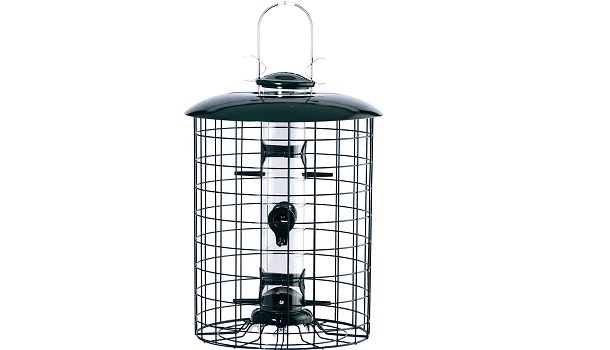

SPECIFICATION:
Materials: Metal, Plastic
Wire Spacing: 1.5” x 1.5”
Mount Options: Hanging
Suitable For Woodpecker, Finch, Junco, Nuthatch
Not only does the seed tube have a cap to protect it from bad weather but the whole thing features a canopy that allows you to protect the birds from bad weather as well. In an ideal world, it would also protect the cage from rusting prematurely.
The cage is powder coated green to protect the metal from rusting too. The inside tube can be removed for cleaning or simply filling up again. The lid slides up to open and features a hook that allows you to hang the feeder someplace.
Since the space between the tube and the outer cage walls is 11-in- there’s no worry that smaller but still menacing birds will get their way and feed on the seed inside the tube. The wire spacing also helps in this case.
Safety:
Size:
Funcionality:
AVERAGE PRICE
$60 – $100 varies from webshop to webshop: Amazon, Walmart, eBay
WHY TO BUY
- Has a roof cover to protect birds and food from weather
- The wire is rust and corrosion resistant
WHY TO AVOID
- Smaller seeds might fall from the feeding points
Droll Yankees Bird Feeder Wire Cage
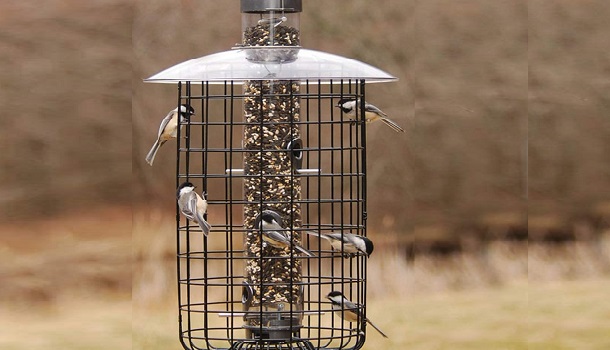

SPECIFICATION:
Materials: Metal, Polycarbonate
Wire Spacing: 1.5” x 1.5”
Mount Options: Hanging, Pole Mount
Suitable For Cardinal, Bluebird, Songbird
The cage features a see-through canopy that’s used to protect the birds that end up on the inside from bad weather. The tube cap extends upwards from the canopy and features a hook that will help you hang it someplace.
The feeder tube inside is made with polycarbonate so it won’t become yellow with age. It features 6 feeding holes that have small perches in front of them so birds can sit and relax while eating.
The openings are large enough so that small birds can go through it while large birds and squirrelly can’t. The finish on the wire is polished for a sleek look while it hangs in your backyard.
Safety:
Size:
Funcionality:
AVERAGE PRICE
$100 – $200 varies from webshop to webshop: Amazon, Walmart, eBay
WHY TO BUY
- Holds a lot of seeds
- The tube won’t become yellow overtime
- The roof extends outside the cage edges for better weather protection
WHY TO AVOID
- The canopy protects from weather but not from the eyes of predators
Westcharm Bird Feeder Wire Cage
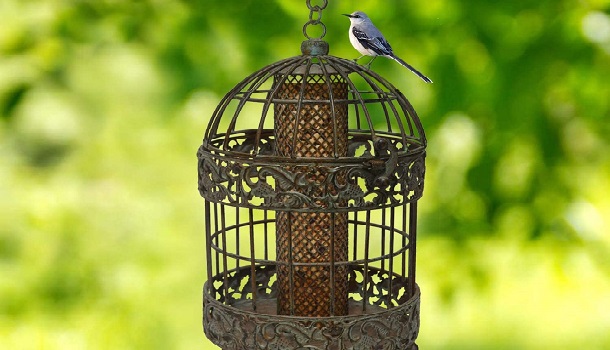

SPECIFICATION:
Materials: Metal
Wire Spacing: 1.5” x 2.5”
Mount Options: Hanging
Suitable For Finch, Nutchatch
You won’t just keep birds happy with their stomach full if you opt for this cage. The reason why is that it’s made to look antique so it can elevate any garden, backyard, or patio you decide to put it on.
Its dome top fully opens and reveals the hole for the tube where you’ll put the food. The tube is made out of mesh wire so some seeds might still end up on the ground. It does feature a bottom so you’ll have to clean it frequently.
The wire openings are 1 1/2 inch wide but are at least an inch taller than that so birds won’t have trouble entering it what so ever. Since it has a top hook, you can either hang it on a tree or mount it to a pole.
Safety:
Size:
Funcionality:
AVERAGE PRICE
$30 – $50 varies from webshop to webshop: Amazon, Walmart, Sears
WHY TO BUY
- Has a mesh feed tube that prevents small seeds from falling
- Has antique visuals that make it look nicer in backyards
WHY TO AVOID
- Some menace birds might reach for the food because of small diameter
Gray Bunny Bird Feeder Wire Cage
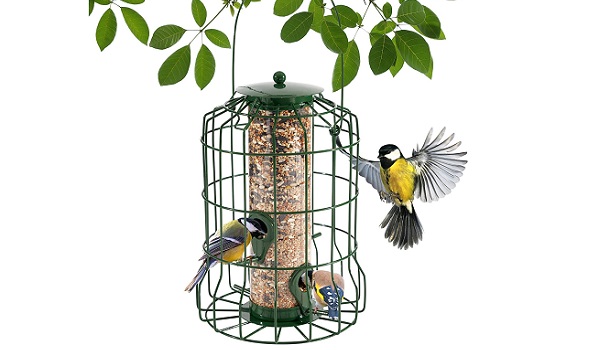

SPECIFICATION:
Materials: Alloy Steel, Plastic
Wire Spacing: 1.5” x 2.5”
Mount Options: Hanging, Mount
Suitable For Great Tit, Cardinal, Goldfinch, Wren
The food tube is plastic, see-through, and had multiple feeding holes that also drain out water to prevent molding. You’ll refill the food from the top by taking its cap off. You can fit up to 4 cups of seeds inside it.
You can hang it on a tree a pole, or wherever you see fit using the wire hook. it does not feature a bottom so any debris or fallen seeds will wound up on the ground and get eaten by other birds/animals.
Each of the 4 feeding points features a small perch where birds can land to feed in piece and not mid flight. Everything but the see-through tube is made out of metal.
Safety:
Size:
Funcionality:
AVERAGE PRICE
$20 – $50 varies from webshop to webshop: Amazon, Walmart, eBay
WHY TO BUY
- The wire spacing allows slightly bigger birds to feed
- Features resting perches on the feeding points
- Has no bottom so the seeds won’t clog the inside bottom
WHY TO AVOID
- The cage has a small diameter so unwanted birds might feed in it
More Birds Bird Feeder Wire Cage
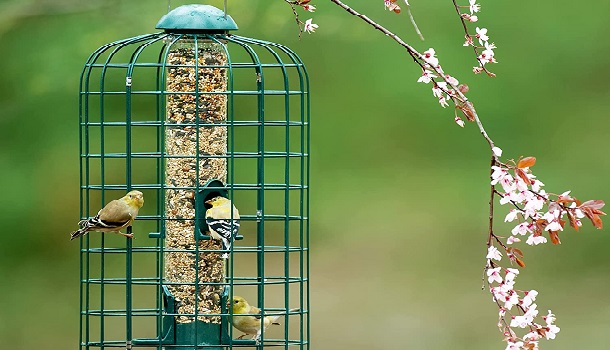

SPECIFICATION:
Materials: Metal, Plastic
Wire Spacing: 1.5” x 1.5”
Mount Options: Hanging, Mount
Suitable For Songbirds, Finches, Sparrows
There are two ways you can mount this feeder. You can either hang it on a pole or tree or the other option is to mount it to a pole ue to the pole mounting socket located on the bottom center.
It’s made so that you can also put a squirrel protection baffle that’s anywhere between 15 to 18 inches big. The feeder itself might not be squirrel proof but it’s compatible with these products so that it can become one.
The tube is see-through and you’ll load the seeds from the top by taking the metal cap off. There’s a total of 4 feeding stations with ergonomic perches so that many different birds can relax on them.
Safety:
Size:
Funcionality:
AVERAGE PRICE
$40 – $150 varies from webshop to webshop: Amazon, Walmart, eBay
WHY TO BUY
- The metal is powder coated for rust resistance
- Can be hung on a tree or mounted to a pole
WHY TO AVOID
- Doesn’t feature a cover so it can’t protect birds from weather
How Do You Keep Other Animals Away From Bird Feeders
Depending on which animals are attacking your bird feeder, you’ll use different methods to repel them. There isn’t a universal solution to this so make sure you know which are the focus animals to protect the feeder successfully.
Squirrels
One solution to this is to put the feeder away from trees. You can also offer food that squirrels won’t like such as safflower seeds, white proso millet, and nyjer seeds. An even better solution is to place the seeds with hot peppers since they are only bird mammals’ mouths and not bird’s. You can make your own or buy pepper-based products.
Skunks, Raccoons, Opossums
These animals mostly operate at night so you can bring the bird feeder inside for it. You can also place a small amount of food inside, one day’s worth should be fine. Other methods include buying baffles for the feeder or making sure that the ground below the bird feeder is kept clean with no fallen seeds. Hot pepper can also help in this case.
Hawks
Hawks rely on vision and preying to locate and catch its pray. Simply putting the feeder under an umbrella for instance may help in keeping them away. You should also remove dead branches and place wire that the hawk won’t sit on comfortably to stalk its prey. If the issue is persistent remove the feeders for a week or two. Hawks will get bored and fly somewhere else to feed.
Tips For Bird Feeding
Since these are meant to be used outside, it makes sense that you’ll have to perform maintenance frequently. You don’t need to worry about it too much but the basics must be kept in order.
How Do You Hang A Bird Feeder Without A Tree?
You can purchase tools like a bird feeder pole, a window bird feeder, or even a deck hanger to set them up without trees. These are actually the recommended methods if you want to try and keep other animals away from the feeder.
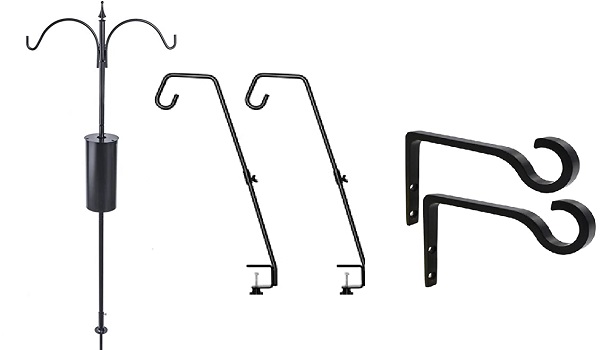

Fear Is Normal
No bird will take a good look at it and go straight to the feeder right away so if it doesn’t happen instantly, it’s not a waste of your money. These birds are seeing for the first time something bigger than them. They don’t know what it is so practice patience and the birds are sure to start feeding eventually.
How High Should A Bird Feeder Be Off The Ground?
This number solely depends on the birds you plan on feeding and the ones that come into your backyard or garden frequently. Some birds will prefer a higher feeding ground but the standard would be to place it at least 5 ft.
Cleaning The Feeder
The things you’ll need to clean the feeder are water, dish soap, containers, scrubbing brush, and bleach. The first step is to remove all food and dirt from the feeder. Next, you’ll scrub every part of the feeder using dish soap and water, up next is making the bleach solution consisting of 1 part bleach and 9 parts water. Soak the feeder in it, rinse thoroughly and let it dry out completely before using it again.
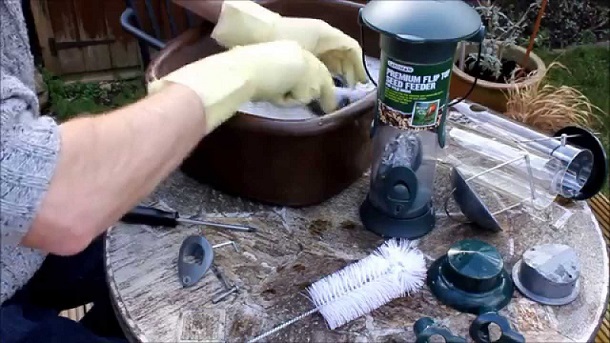

Bird Food
Food is an expense you’ll have to buy over and over again. Birdseed mix should to just fine and to minimize seed waste, make sure you don’t clog the food tube with too many seeds. The cage will do the rest of the job of keeping seeds in for you. If you can, opt for black oil sunflower seeds since this will increase feeding chances.
Maintenance Over Time
The feeder cage will get old over time. It might not rot but it won’t look elegant anymore, that’s certain. In this case, you can get a new one or perhaps try and fix the old one by replacing critical points like the feeder tube. In terms of cage maintenance, you can scrub off rusted parts and repaint the whole thing too.
How To Make Your Own Bird Feeder Cage
If you’re looking to make your own feeder cage, it’s easier to do it since you don’t really need to worry about bird safety with them. We’ll list a few options so that you can choose the one you can make the easiest.
Animal Proof Option
The things you’ll need are wire mesh, a feeder tube, joist bridging, a PVC panel, and some swivel eye bolts.
1. Make a 9-in circle on the PVC panel, cut it to size.
2. Make a small incision the same diameter as the plastic feeder to set it into place.
3. You’ll make an additional circle PVC panel with the hole cut all the way through.
4. Screw the bridging on the bottom circle and connect it to the top one.
5. Make 2 small holes in the top one to pull through the wire and block it with something (the frame should be slightly smaller than the feeder so you can easily pull it through).
6. Cut the wire to measure, bend the bottom and staple it to the panel.
7. Make bigger holes with the wire cutter.
To Sum Up
We’d recommend these feeders above others any day of the week and amongst them, we’d definitely opt for the Woodlink Bird Feeder Wire Cage. It features a canopy that protects birds from bad weather, it’s powder-coated to prevent rusting, and the distance between the tube and cage walls is 11-in so smaller menacing birds can’t reach it either.


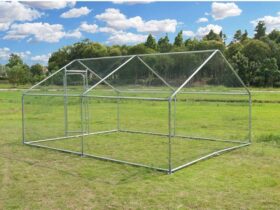

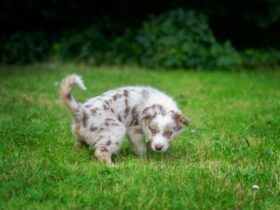
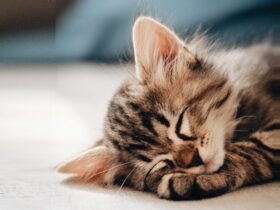
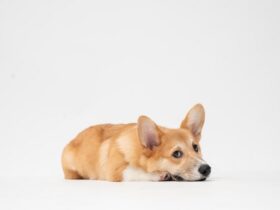

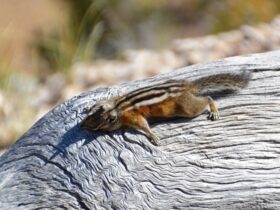
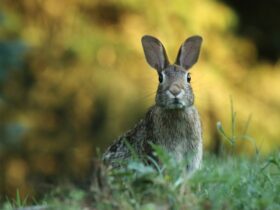

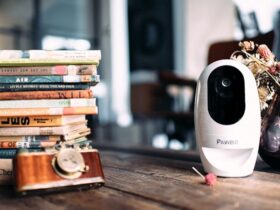
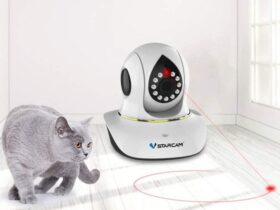

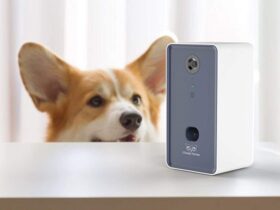
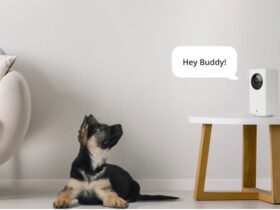
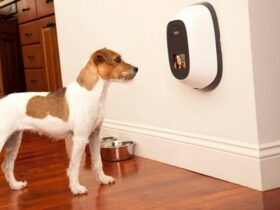

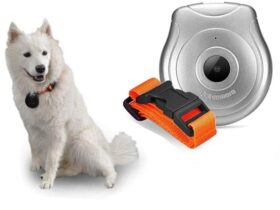

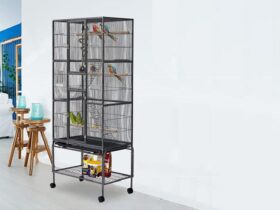
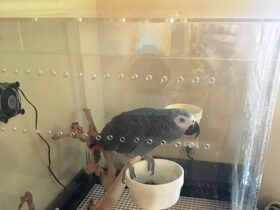
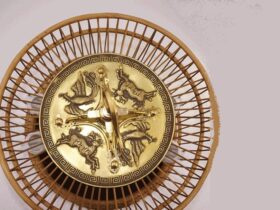
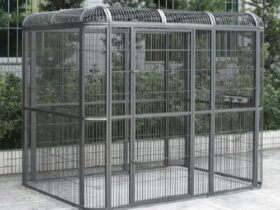
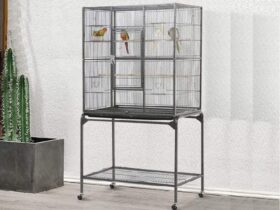
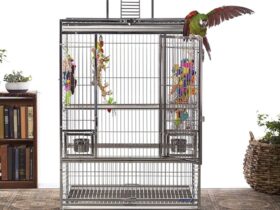
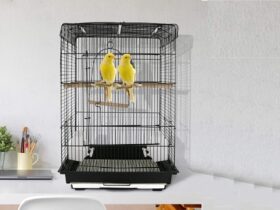
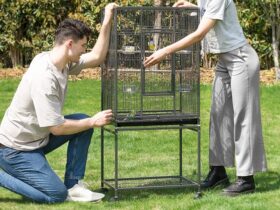
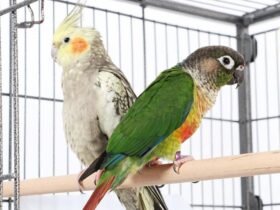
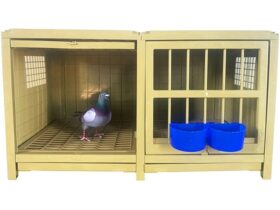
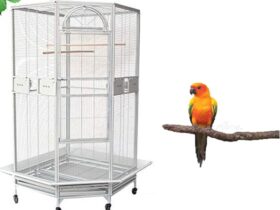
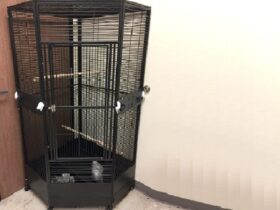
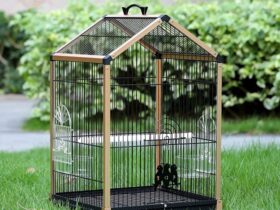
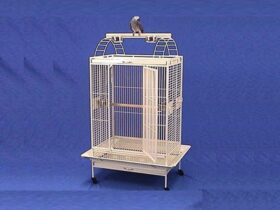
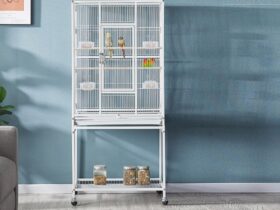
Leave a Reply